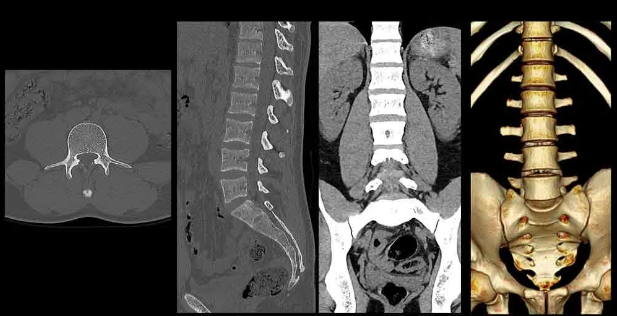More than 55,000 people worldwide die from Cardiovascular Disease (CVD) each day. Calcification of the abdominal aorta is an established marker of asymptomatic CVD. It can be observed on scans taken for vertebral fracture assessment from Dual Energy X-ray Absorptiometry machines. Assessment of Abdominal Aortic Calcification (AAC) and timely intervention may help to reinforce public health messages around CVD risk factors and improve disease management, reducing the global health burden related to CVDs. This talk will focus on the problem of establishing dense correspondence between a large number of 3D faces, the challenges faced and my contributions in this field. It will then take the audience through the applications of 3D face analysis in medical and psychological fields as well as in face recognition through deep learning. The talk will also present a proposal for a novel and reliable framework for automated “fine-grained” assessment of AAC in DXA scans; mimicking the human scoring process.


Speaker
Dr. Zulqarnain Gilani
Dr. Zulqarnain Gilani is the Raine Robson Research Fellow at Edith Cowan University working with Prof David Suter and Prof Joshua Lewis, and also holds an Adjunct position at The University of Western Australia. He is also the Co-lead of the Technology and Innovation Theme, Institute for Nutrition Research and Health Innovation as well as the Member Centre for Artificial Intelligence and Machine Learning at ECU. Dr Gilani received his PhD in Computer Science from the University of Western Australia. Prior to that, he did his MS and BSc in Electrical (Telecommunication) Engineering from the National University of Sciences and Technology, Pakistan. He is an accomplished researcher with publications in high-ranking international journals and conferences not only in Computer Vision but in cross-fields like Psychology, Biology and Medicine. Dr Gilani’s research interests include 3D face analysis, medical imaging, machine learning, statistical modelling, vision and language as well as deep learning. He regularly reviews papers for TPAMI, TIP, CVPR, ICCV, AAAI, and ECCV among others. Recently, Dr Gilani was re-elected to the position of “Editor” of the Australian Pattern Recognition Society.

